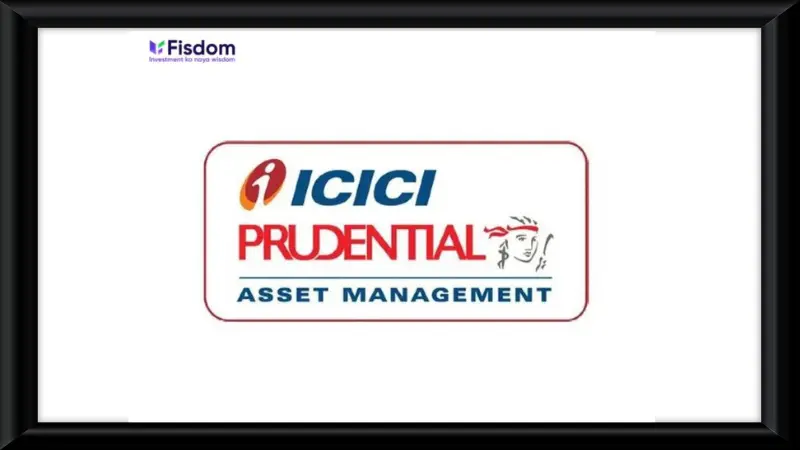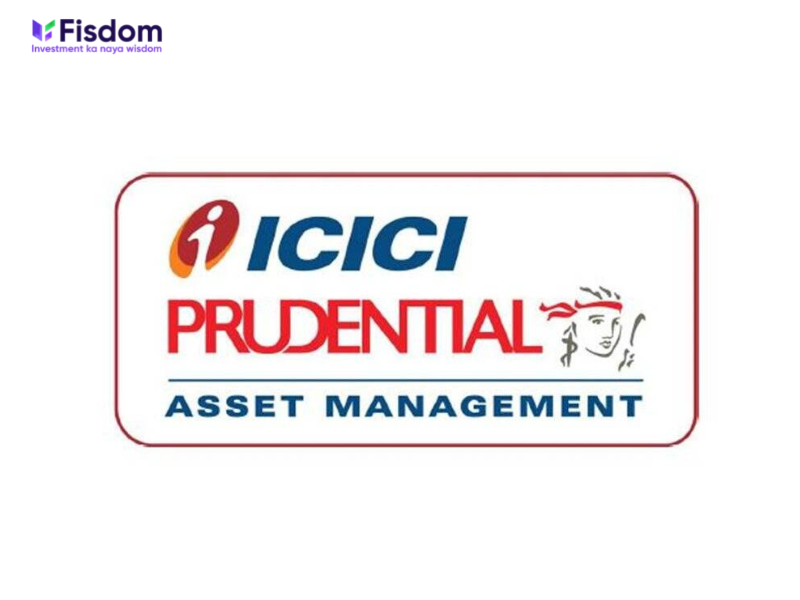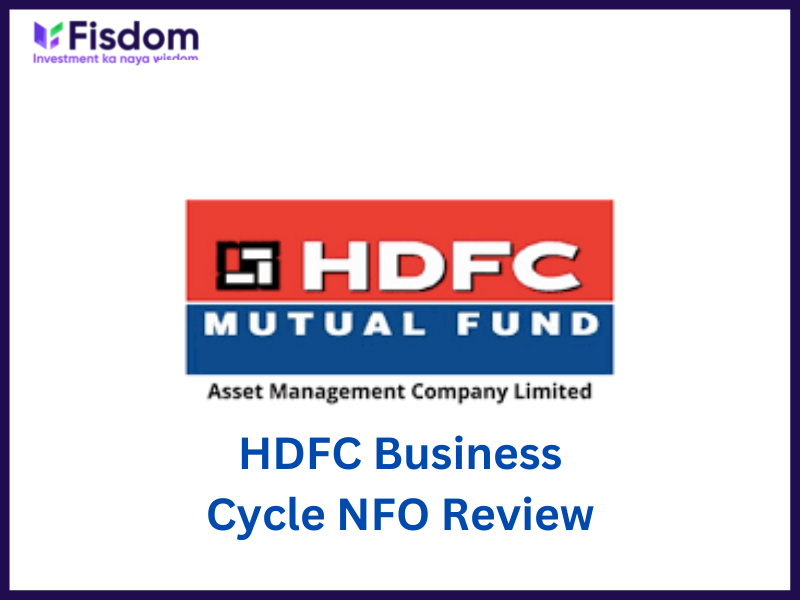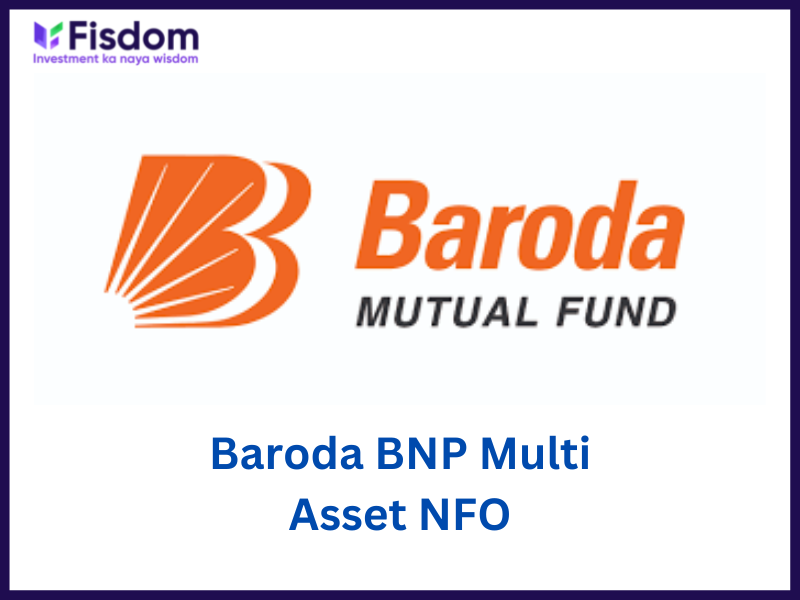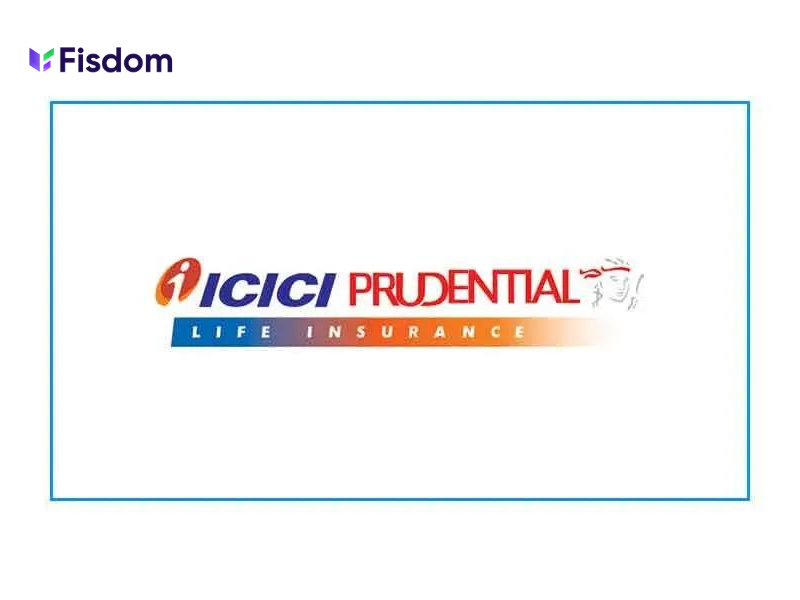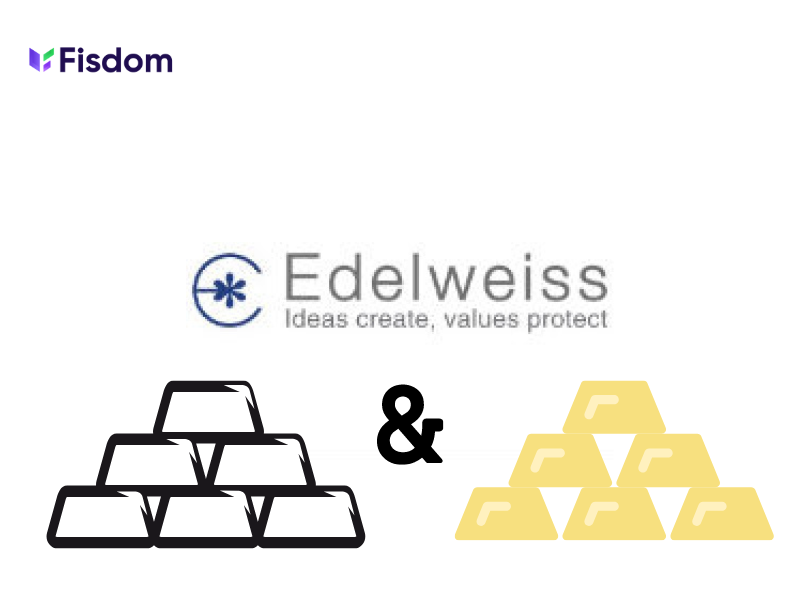
Introduction
Edelweiss Mutual Fund has announced the launch of its new NFO in the equity fund category. This fund is a focused fund that will be in the nature of a multi-cap portfolio and will follow the Nifty 500 TRI as its benchmark. The NFO period is from 12th July 2022 to 25th July 2022.
Investment objective
The objective of the fund is to invest in stocks of 25 to 30 companies in the equity and equity-related segment and derivative segment of the stock market to generate returns. The fund aims to invest in businesses belonging to the B2B as well B2C segment and are established brands in the markets. Other investments in the portfolio would include stocks of companies or brands that have increasingly gained in market share over the past years of study market as well as are considered to be innovators in the industry. The fund does not however guarantee the meeting of the investment objective and generate any returns.
Why should you invest in this scheme?
- Diversified portfolio
The investment portfolio of this fund is quite diversified and is dominated by equity and equity-related instruments from the primary and secondary markets. The asset allocation of the fund is proposed to be as under.
| Instruments | Proposed percentage of allocation |
| Equity and equity-related instruments | 65% – 100% |
| Debt and money market instruments | 0% – 35% |
| Units of REITs and InvITs | 0% – 10% |
- Multi-cap investment strategy
The objective of the fund is to invest in multi-cap equity instruments. This will enable to manage the risk of investment in emerging brands and brands that are of relatively higher risk with investments in well-established names and market pioneers. The returns generated from the fund will also be therefore relatively more stable on account of investments not only in different asset classes but also across different market capitalization.
- Long-term investment approach
This fund is ideal for investors looking for an investment with a long-term approach. Investors can opt for this fund to meet their medium-term or long-term goals and get returns that can potentially beat inflation and navigate through the market volatility based on its sound investment strategy.
- Dynamic returns
Edelweiss Focused Equity Fund is an active fund with a dynamic investment strategy and the expertise of the fund managers. This will ensure that the investors can get the benefit of higher returns as compared to funds that focus on passive investing strategy.
Comparison of Nifty 500 with other indices
Given below is a brief comparison of the fund’s benchmark, Nifty 500, with other indices on the NSE.
| Period | Nifty 500 | Nifty 100 | Nifty 200 |
| 2-Year | 56.33% | 49.49% | 53.07% |
| 3-Year | 45.69% | 40.06% | 42.63% |
| 5-Year | 60.49% | 60.88% | 60.63% |
| 10-Year | 230.86% | 218.04% | 221.40% |
Risks of investment in Edelweiss Focused Equity Fund
Like any other mutual fund, this fund also has some risks attached to it. Few of such risks are highlighted hereunder.
- Risk of market volatility
This fund is an equity fund and therefore carries all the inherent risks of investing in equities. The equity market is highly volatile and it has the maximum risk as compared to other investment classes. This may make it a riskier option for investors with relatively low-risk appetites or investors looking for lower equity exposure.
- Investment horizon
This fund is an open-ended scheme, however, the ideal investment horizon of this fund is 5 years or more. Short-term gains from the fund may not be quite significant unless there is huge market volatility and investment opportunities for investors. The long-term investment horizon is another drawback of the fund that may not be attractive to some investors with short-term goals or investors with an aim to gain short-term profits.
- Uncertainty of investment in innovators
The investment approach of the fund is to invest in a diverse class of assets that will include established brands, market share gainers as well as innovators. While the former is a relatively less risky bet, investment in innovators can be quite risky. There is constant evolution in technology and the changing needs of customers. Therefore there is a possibility that the innovations of today may be obsolete tomorrow. Hence, this will affect the overall returns from the fund and may need a review in the investment portfolio.
Fund Details
The key details of the fund are tabled below.
| Scheme name | Edelweiss Focused Equity Fund |
| Type of Scheme | An open-ended scheme investing in a maximum of 30 stocks of Nifty 500 TRI of different capitalization |
| Category of the scheme | Equity Fund |
| Benchmark | Nifty 500 TRI |
| Plan and options | Plans – Regular Plan Options – Growth option |
| Fund Manager | Mr. Trideep Bhattacharya and Mr. Abhishek Gupta |
| Exit Load | 1% up to 365 days (NIL after 365 days) |
| Minimum Investment | Lumpsum Mode – Minimum Rs. 5,000 and in multiples of Re. 1/- thereafterSIP Mode – Minimum Rs. 500 |
| NFO Period | 12th July 2022 – 25th July 2022 |
NFO (New Fund Offer) is launched by the Asset Management Companies (AMCs) to generate funds for launching a new mutual fund. These funds are then pooled to buy the shares or other securities as per the fund’s mandate or the guidelines based on which the fund is launched. NFOs are like IPOs where all the relevant details of the funds are provided at the time of their launch and the units of the fund are usually set at Rs. 10 per unit for a subscription. SEBI guidelines allow the NFOs to be active for a maximum period of 30 days following which the units of the fund are traded based on their daily NAV.
NFOs, at the time of their launch, are launched in two categories namely close-ended funds and open-ended funds. The details of each type of fund are mentioned below.
Open-ended funds
The majority of mutual funds are launched as open-ended funds. Investors can subscribe to the fund at the nominal rate (usually Rs. 10 per unit) during the NFO period. After the NFO period, when the units are traded based on the daily NAV, the investors stand to gain huge capital gains depending on the performance of the fund.
Close-ended funds
Close-ended funds, on the other hand, do not allow the investors to subscribe to the fund after the NFO period is closed.
Investing in NFOs is a very good opportunity to maximize the returns as the units can be subscribed at nominal rates and the returns are potentially higher based on the prevailing NAV at the time of redemption. However, there are several points that need to be considered while subscribing to an NFO. Some of such points are highlighted below.
a)Track record of the AMC
NFOs are offered for the new mutual fund so no proven track record can be reviewed by investors to make an informed investment decision. The investors have to therefore rely on the reputation of the AMC and other details mentioned in the NFO to make an investment decision.
b)Expense ratio (if mentioned)
NFOs need a good amount of publicity to make the investors aware of the fund and the investment opportunity. It is therefore essential for the investors to check the expense ratio of the fund and ensure that it does not outweigh the net gains.
c)Check if the fund is in correlation to the existing portfolio
Recently there have been many NFOs in the market that investors can choose from. However, while selecting the fund the investors must check if the fund is not similar to an existing fund in their portfolio. For example, if the fund is a large-cap fund and the investor already has one or two similar funds in their portfolio, investing in another will not add much value to the net returns or the diversification of the portfolio. On the other hand, many NFOs can be sector-specific or country-specific. In such a case, investors have to check if the fund is in line with other factors like their risk-return profile and investment goals.
d)Review the SID carefully
Reviewing the SID (Scheme Information Document) is a crucial step that should not be missed by investors while investing in NFOs. It contains all the relevant information about the fund managers, their qualifications, and experience which is crucial for the funds’ performance. Other relevant information includes the investment profile of the fund, target sectors or securities, benchmark index, asset allocation ratio, etc. This helps the investors understand the returns expectation of the fund as well as the target investments where the fund will invest the pooled funds. Investors having a risk-return profile in line with that of the fund can thus invest in such funds.
Investment in NFOs can be done through two main routes i.e., the online or offline modes. The details of the same are mentioned below.
a)Online mode
The online mode of investment is suitable for investors already having a Demat account and a trading account. Investors can simply select the NFO and invest by selecting the number of units to invest and paying for the same through online payment modes available on the platform.
b)Offline mode
The offline mode of investment in NFOs is through registered brokers and distributors. Investors can contact their brokers and distributors providing them with the details of the amount to be invested and they can invest in the selected NFOs on their behalf. Investors can make hassle-free investments through such modes as all the necessary forms to be filled and the formalities to be met are looked after by these entities giving investors the benefit of ease of investment. The charges for such services are nominal when compared to the potentially high returns.
FAQs
1. What is NFO? NFO (New Fund Offer) is launched by the Asset Management Companies (AMCs) to generate funds for launching a new mutual fund. These funds are then pooled to buy the shares or other securities as per the fund’s mandate or the guidelines based on which the fund is launched. NFOs are like IPOs where all the relevant details of the funds are provided at the time of their launch and the units of the fund are usually set at Rs. 10 per unit for a subscription. SEBI guidelines allow the NFOs to be active for a maximum period of 30 days following which the units of the fund are traded based on their daily NAV.
2. What are the types of NFOs? NFOs, at the time of their launch, are launched in two categories namely close-ended funds and open-ended funds. The details of each type of fund are mentioned below.
Open-ended funds
The majority of mutual funds are launched as open-ended funds. Investors can subscribe to the fund at the nominal rate (usually Rs. 10 per unit) during the NFO period. After the NFO period, when the units are traded based on the daily NAV, the investors stand to gain huge capital gains depending on the performance of the fund.
Close-ended funds
Close-ended funds, on the other hand, do not allow the investors to subscribe to the fund after the NFO period is closed.
3. What are the points to consider before investing in NFOs? Investing in NFOs is a very good opportunity to maximize the returns as the units can be subscribed at nominal rates and the returns are potentially higher based on the prevailing NAV at the time of redemption. However, there are several points that need to be considered while subscribing to an NFO. Some of such points are highlighted below.
a)Track record of the AMC
NFOs are offered for the new mutual fund so no proven track record can be reviewed by investors to make an informed investment decision. The investors have to therefore rely on the reputation of the AMC and other details mentioned in the NFO to make an investment decision.
b)Expense ratio (if mentioned)
NFOs need a good amount of publicity to make the investors aware of the fund and the investment opportunity. It is therefore essential for the investors to check the expense ratio of the fund and ensure that it does not outweigh the net gains.
c)Check if the fund is in correlation to the existing portfolio
Recently there have been many NFOs in the market that investors can choose from. However, while selecting the fund the investors must check if the fund is not similar to an existing fund in their portfolio. For example, if the fund is a large-cap fund and the investor already has one or two similar funds in their portfolio, investing in another will not add much value to the net returns or the diversification of the portfolio. On the other hand, many NFOs can be sector-specific or country-specific. In such a case, investors have to check if the fund is in line with other factors like their risk-return profile and investment goals.
d)Review the SID carefully
Reviewing the SID (Scheme Information Document) is a crucial step that should not be missed by investors while investing in NFOs. It contains all the relevant information about the fund managers, their qualifications, and experience which is crucial for the funds’ performance. Other relevant information includes the investment profile of the fund, target sectors or securities, benchmark index, asset allocation ratio, etc. This helps the investors understand the returns expectation of the fund as well as the target investments where the fund will invest the pooled funds. Investors having a risk-return profile in line with that of the fund can thus invest in such funds.
4. How to invest in NFOs? Investment in NFOs can be done through two main routes i.e., the online or offline modes. The details of the same are mentioned below.
a)Online mode
The online mode of investment is suitable for investors already having a Demat account and a trading account. Investors can simply select the NFO and invest by selecting the number of units to invest and paying for the same through online payment modes available on the platform.
b)Offline mode
The offline mode of investment in NFOs is through registered brokers and distributors. Investors can contact their brokers and distributors providing them with the details of the amount to be invested and they can invest in the selected NFOs on their behalf. Investors can make hassle-free investments through such modes as all the necessary forms to be filled and the formalities to be met are looked after by these entities giving investors the benefit of ease of investment. The charges for such services are nominal when compared to the potentially high returns.














